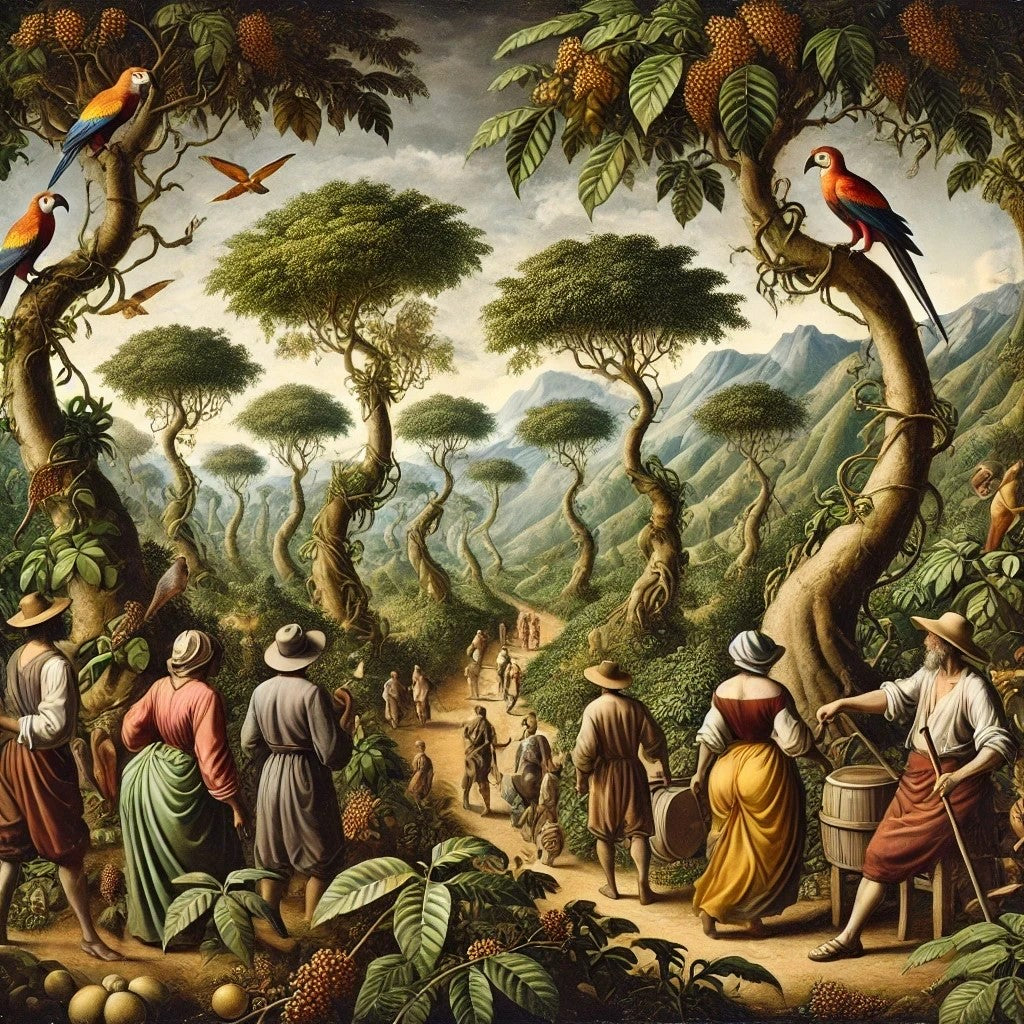The coffee industry is at a turning point, with growing awareness around the need for sustainable practices. One method gaining momentum is shade-grown coffee, a cultivation technique that not only enhances flavor but also promotes environmental health. But what makes shade-grown coffee so special, and how does it impact the regions where it's grown?
What is Shade-Grown Coffee?
Shade-grown coffee is cultivated under a canopy of trees, creating a habitat that mimics a natural forest environment. Unlike sun-grown coffee, which often involves deforestation and monoculture, shade-grown methods protect ecosystems. This practice helps maintain biodiversity, supports soil health, and reduces the need for chemical fertilizers. It’s an approach that balances nature’s rhythms with coffee production, often resulting in richer, more complex flavors due to the slower maturation of coffee beans.
Case Studies: The Impact on Local Communities
-
Finca Rosa Blanca, Costa Rica: By integrating shade-grown coffee with eco-tourism, this farm supports not only diverse wildlife but also educates visitors about sustainable practices, creating a unique blend of commerce and conservation.
-
Yayu Wild Forest Coffee, Ethiopia: Nestled in the Yayu Biosphere Reserve, this initiative preserves both coffee heritage and local ecosystems. Farmers rely on a mix of traditional and modern conservation techniques, showcasing how indigenous knowledge can coexist with sustainable practices.
-
Finca El Porvenir, Guatemala: This farm uses agroforestry, planting coffee alongside fruit trees and native plants. This approach reduces soil erosion, boosts biodiversity, and provides shade, enhancing the coffee's quality while ensuring environmental sustainability.
These examples highlight that while shade-grown coffee offers significant ecological benefits, it also demands more labor and potentially lower yields. Farmers who adopt this method are often committed to sustainability, seeking certifications like Smithsonian Bird Friendly or Rainforest Alliance to ensure fair wages and ethical practices.
Economic Impacts: Beyond the Beans
While the environmental benefits are clear, the economic implications for regions practicing shade-grown coffee are complex. These farms typically face higher production costs due to labor-intensive practices. However, the higher quality and sustainable branding can fetch premium prices in global markets, providing a financial incentive to maintain these practices. Moreover, the introduction of eco-tourism as seen in Costa Rica offers a diversified income stream that not only supports farmers but also invests in local communities.
How Can Consumers Make a Difference?
Supporting shade-grown coffee is not just a purchase—it's a vote for sustainability. By choosing certified brands, supporting direct trade, and spreading awareness about the benefits of shade-grown methods, consumers can drive demand for more ethical and environmentally friendly coffee. The next time you sip your morning brew, think about the story behind those beans and the positive impact your choice can make.
The Road Ahead
The push for sustainability in the coffee industry is far from over. While shade-grown coffee is a step in the right direction, it’s crucial for consumers, companies, and policymakers to continue advocating for fair practices and environmental stewardship. As the demand for ethical coffee grows, we have the power to shape a more sustainable future for coffee cultivation worldwide.
Are you ready to make your cup of coffee count?

